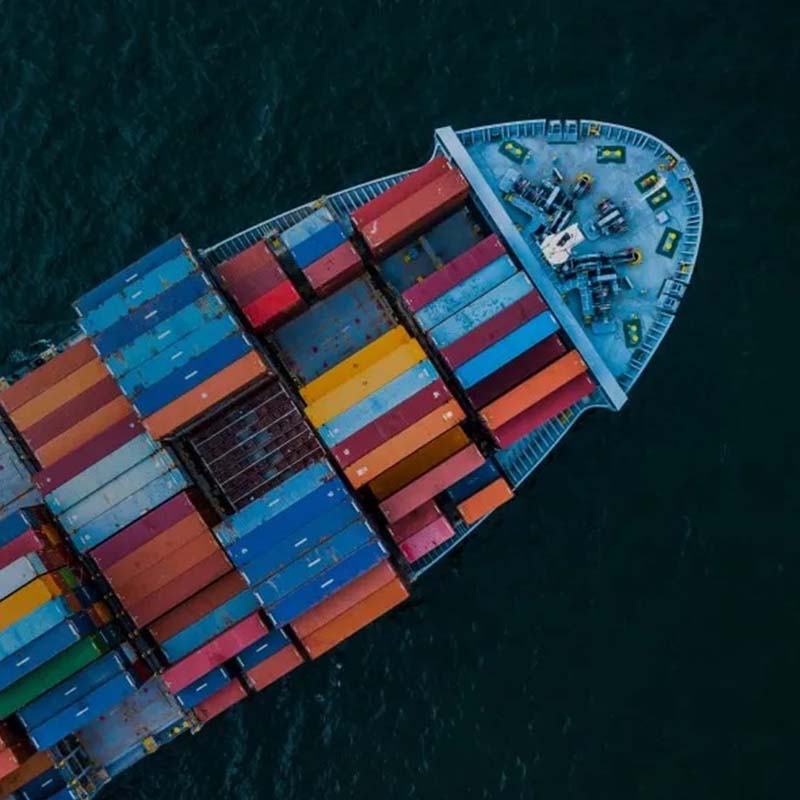As global commerce becomes increasingly interconnected, the demand for reliable, transparent, and agile international logistics services has never been higher. From the rise of e-commerce to complex customs regulations and sustainability concerns, logistics providers are facing unprecedented challenges—and opportunities. Here, we examine five of the most discussed topics driving change in the international logistics landscape today.

1. Multimodal Transportation: Speed and Flexibility in Transit
MultiModal Transportation, which combines air, sea, rail, and road freight, is becoming the backbone of efficient global trade. This approach allows logistics providers to optimize delivery routes and lead times, especially for time-sensitive or high-volume shipments.
For example, the combination of ocean freight to a regional port followed by last-mile delivery via rail or truck helps companies strike a balance between cost and speed. In particular, the growth of cross-border e-commerce has made services like dedicated small-parcel lanes and FBA (Fulfilled by Amazon) shipping more critical than ever.
Increasingly, logistics partners are offering integrated solutions with centralized tracking, end-to-end insurance, and flexible handoff points to meet varying client needs.
2. Customs Clearance and Regional Compliance Support
Successful international shipping is impossible without effective customs clearance. In markets with stringent import-export regulations—such as the EU, Middle East, or Southeast Asia—traders need logistics partners who can manage document preparation, HS code classification, tax handling, and local compliance.
Many top-tier logistics providers now include DDP (Delivered Duty Paid) and DDU (Delivered Duty Unpaid) options in their services, alleviating the burden on buyers and reducing risks of shipment delays or penalties.
Moreover, multilingual support, regional partnerships, and digital customs platforms are being introduced to streamline declarations and approvals.
3. End-to-End Visibility and Real-Time Tracking
In the digital age, businesses no longer tolerate blind spots in their supply chains. Real-time tracking systems that offer live cargo status, GPS updates, and milestone alerts are essential.
API-based integrations allow e-commerce and ERP systems to communicate directly with logistics tracking platforms, ensuring operational transparency. In addition, AI-powered dashboards are now used to anticipate delays, reroute shipments, and generate exception reports in real time.
Buyers and logistics managers alike value this visibility to make informed decisions, reduce lead time variability, and improve customer satisfaction.
4. Green Logistics: The Shift Toward Sustainability
Environmental responsibility is no longer optional. As governments and corporations commit to ESG (Environmental, Social, and Governance) goals, logistics services are adapting.
Companies now seek partners who offer:
Carbon-neutral shipping options
Eco-friendly packaging
Carbon footprint analytics per shipment
Some freight forwarders are investing in electric delivery fleets, partnering with carbon offset providers, or optimizing route planning to reduce emissions. For brand owners, demonstrating a sustainable supply chain has become a key selling point and compliance requirement.
5. Price Stability and Contingency Preparedness
After years of volatility driven by the COVID-19 pandemic and geopolitical tensions, businesses now prioritize logistics partners that offer predictable pricing, secure capacity, and robust contingency plans.
To this end, freight providers are:
Introducing long-term contract pricing models
Maintaining overseas warehouse inventories
Offering flexible transit modes during peak seasons
Clients also expect risk mitigation strategies such as rerouting, buffer warehousing, and emergency support lines to be in place to ensure supply chain continuity.
Conclusion: Partnering for the Future of Global Logistics
From multimodal agility and digital tracking to environmental accountability and regulatory expertise, the evolution of international logistics services is reshaping how businesses move goods across borders.
In this new era, the most valuable logistics partners will be those who combine global reach with local insight, digital infrastructure with human expertise, and tactical execution with strategic foresight. As global trade continues to evolve, investing in the right logistics strategy may be one of the most critical business decisions in 2025 and beyond.